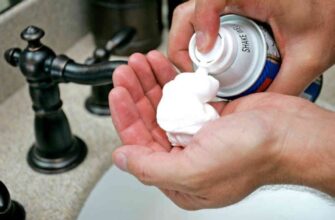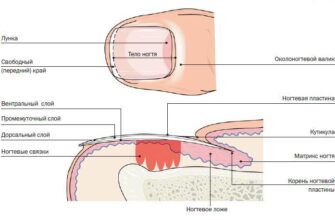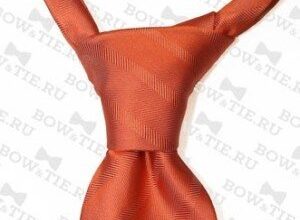How to take care of winter clothes, it is useful to know any bachelor who treats his wallet prudently and carefully. Precipitation and harsh chemicals scattered on Russian roads hit the most painful points of warm clothes: zippers, seams, leather inserts. In the autumn-winter period, unforeseen expenses for repairs or the purchase of clothes can arise suddenly, like snow for public utilities. It is possible and necessary to avoid such troubles. Let's understand the points.
A few simple manipulations will extend the life of warm jackets, revive insulated boots. As a result: the budget will remain untouchable, the mood will improve.
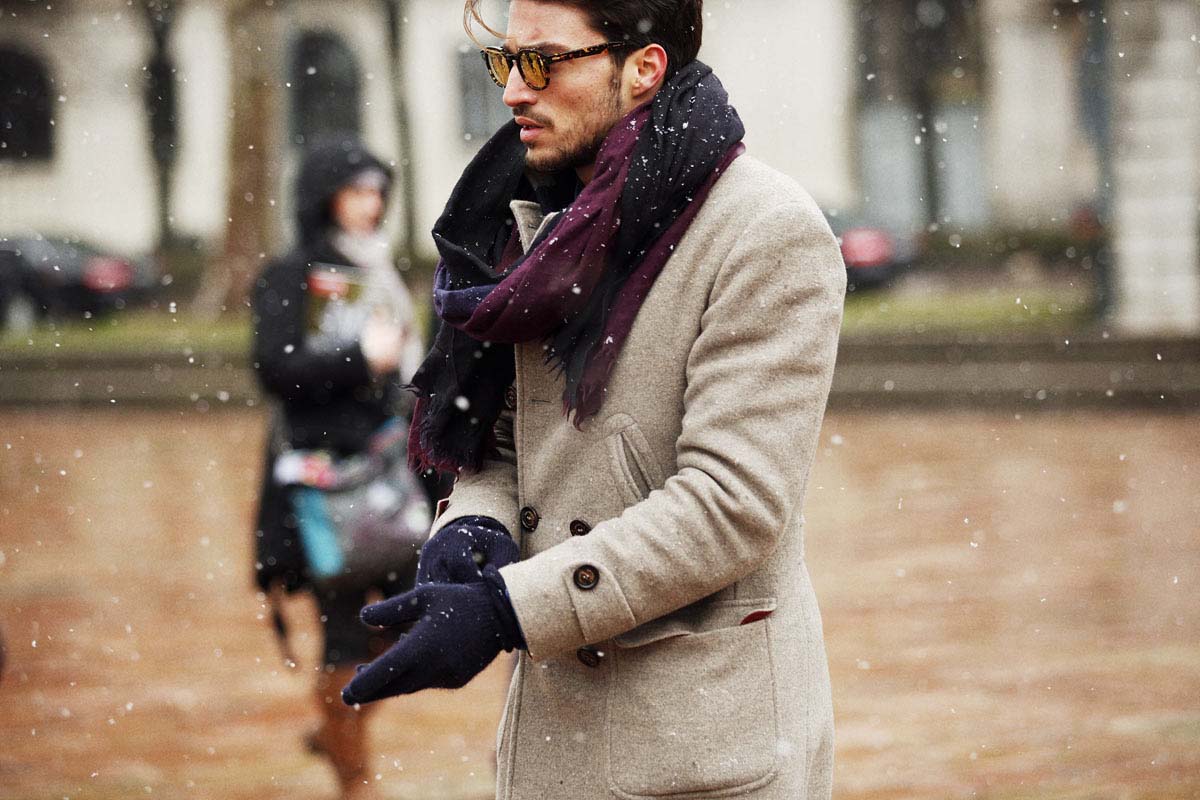 The main principles of caring for winter clothes are cleanliness and dryness
The main principles of caring for winter clothes are cleanliness and dryness
Shoes and 'chemical' sidewalks
Winter shoes are one of the most vulnerable parts of a wardrobe. It is the boots that have to deal with slush and road salt every day. Most dangerous is the mixture of these ingredients, which hits leather shoes like a bat on a ball. Packaging of disposable handkerchiefs will help. Immediately after the street, wipe your shoes with a dry handkerchief, wiping off the remains of dangerous slurry. It is better to wash off a dirty stain with water, otherwise the dirt can saturate the skin and remain forever.
For added protection, you should treat your shoes with water-repellent agents before going outside. They are available in the form of sprays and creams. The former are convenient in that they can be applied without a sponge, but the latter are more reliable, but require more time for impregnation. Be sure to wipe down your boots and dry the leather surface if necessary before applying the products.
 If the stain is not cleaned off right away, the dirt can stick into the shoes.
If the stain is not cleaned off right away, the dirt can stick into the shoes.
It is especially worthwhile to carefully monitor nubuck and suede shoes; before processing with water-repellent impregnations, they must be cleaned with a special brush. Although it is better not to use such boots in slush, leaving them for dry frost.
The rules for drying winter shoes are simple:
- dry only clean shoes;
- do not dry near heaters and pipes;
- stuff your shoes tightly with paper, newspapers, or any other absorbent material;
- replace the blotter regularly until it stops getting wet;
- dry your shoes only at room temperature;
- if possible, purchase a special dryer.
Compliance with the rules will allow you to keep your favorite shoes in excellent condition.
Woolen things and moths
The greatest damage to warm woolen things can be caused by moths, which must be fought regularly, especially if there are clothes made from natural materials (fur, wool) in the wardrobe. It will never be superfluous in the closet sachet from moths, which can be purchased at the store.
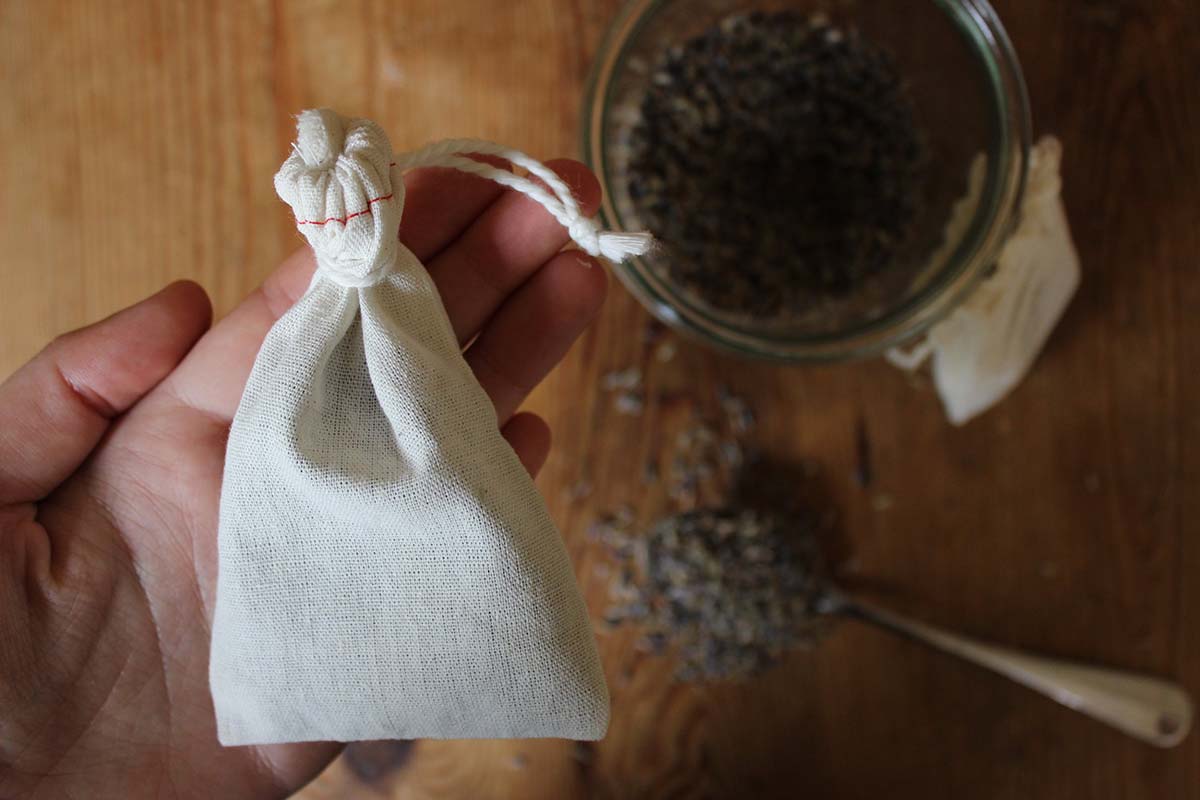 Sachet is the first line of defense of woolen clothes against moths
Sachet is the first line of defense of woolen clothes against moths
Cold is also a good prevention. Simply fold the sweater into a bag and place it in the freezer overnight. After this freezing, moth larvae, which are the most devoted eaters of wool, will die in the fibers. In the fight against the invasion of moths, a banal order in the closet will help. You should not keep old and unnecessary woolen things in the wardrobe for a long time, which it is a pity to throw away. Such 'forgetfuls' will become a haven for moth larvae.
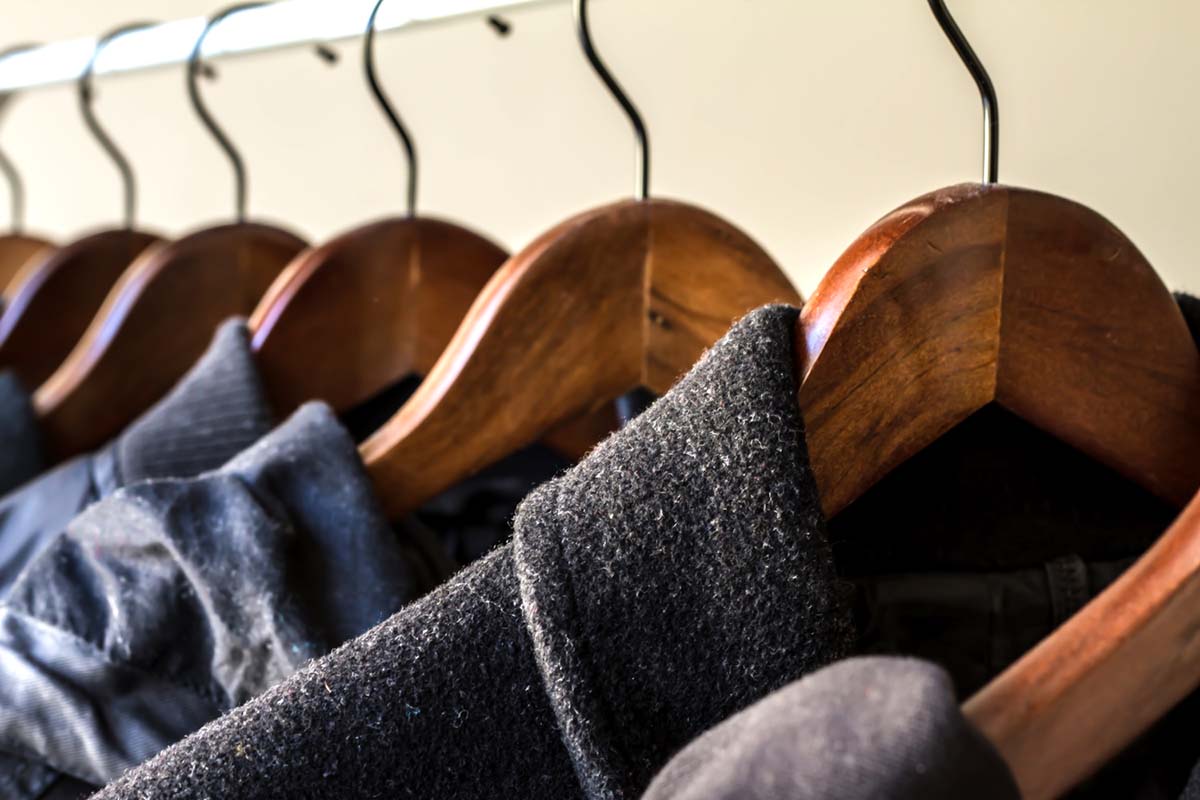 There should be a small gap between the clothes hanging in the wardrobe.
There should be a small gap between the clothes hanging in the wardrobe.
If the clothes are hanging in the closet, leave a small space between the woolen suits. It is worth periodically giving woolen clothes to dry cleaning. In good organizations, special processing is carried out for this type of clothing. But you need to use repellents with caution, since some (especially sprays) may contain toxic substances, and therefore they can be sprayed exclusively on the street.
Moisture and mold damage
Not only the upper layers (jacket, coat, hat), but also the underwear layer (T-shirt, thermal underwear) are exposed to water. Hanging moisture has the same detrimental effect on clothing as salt pavements have on leather shoes. Over time, the fibers lose their shape and even rot.
The only worst thing is mold spores, which, due to constant exposure to moisture, wind up in sweaters, warm trousers and other wardrobe items. The main danger of mold is that it is one of the most intrusive allergens. You need to deal with moisture constantly. If you are caught in wet snow, do not hide the jacket immediately in the closet, but hang or lay it on the dryer.
 Moisture is the forerunner of mold, dry items should be added to the wardrobe
Moisture is the forerunner of mold, dry items should be added to the wardrobe
The main difficulty is that different types of clothes require different drying regimes. Remember, that:
- Woollens can only be dried horizontally. For example, lay out a wet sweater to dry on an ironing board or dryer. It is better to carry out this procedure away from batteries and heaters. Excessive heat can damage the fibers of the garment.
- It is better to dry bulky jackets (puffers) in the fresh air. A balcony is fine. To prevent your clothes from sagging when drying, hang them on a hanger with straight and wide shoulders. You also need to dry your woolen coat.
Make a rule for yourself – only dry things should get into the closet.
Moisture-repellent impregnations
Experiments at home with such chemicals are not always advisable. Look for the abbreviation DWR (Durable Water Repellent) on the tags, which is used to label garments that have been water-repellent during production.
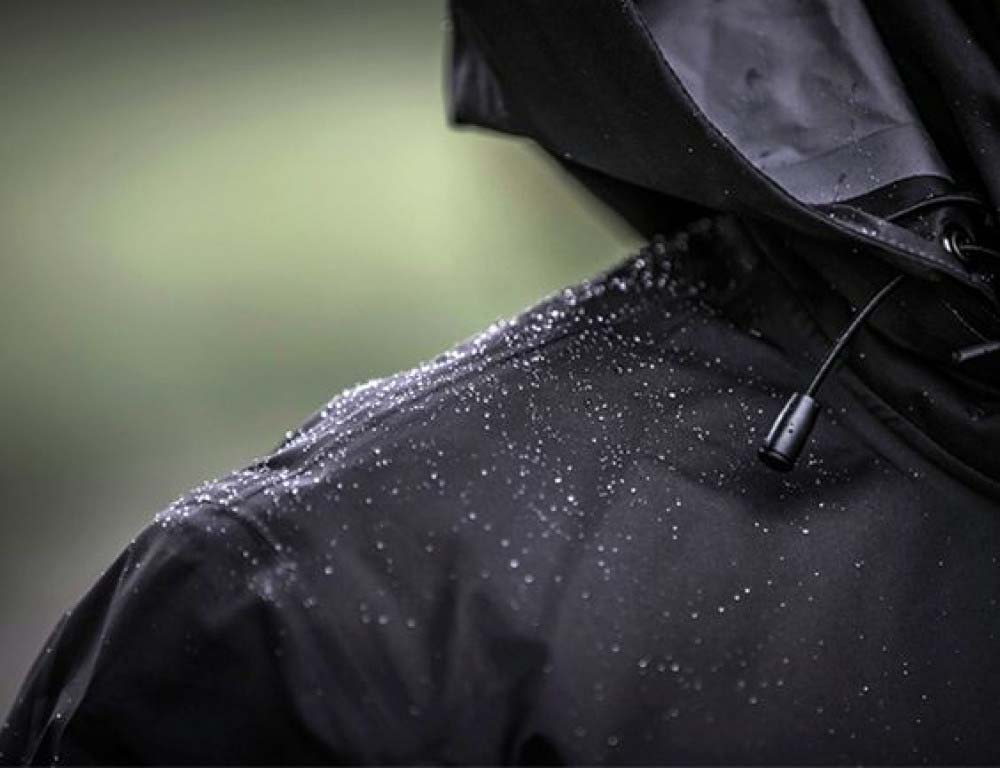 DWR – marking indicating the presence of water-repellent impregnation
DWR – marking indicating the presence of water-repellent impregnation
Water-repellent impregnations are not only intended to protect materials from moisture. They also act as an additional membrane between the fibers and the environment. They are divided into several groups:
- for breathable fabrics that form an outer protective layer and at the same time do not interfere with the work of the inner membrane of the garment;
- with insulation designed specifically for winter clothing;
- for products without an inner membrane, which do not prevent moisture evaporation from the inside and create an outer repelling layer;
- for processing scarves, backpacks and other products where vapor permeability is not important;
- for footwear of various coatings (leather, nubuck, suede).
Constant negative influences of the external environment (snow, rain, ultraviolet rays) on clothes and shoes contribute to the gradual washing away of the impregnations, therefore, the treatments must be repeated from time to time. The rules and techniques for carrying out the moisture protection procedure are always indicated on the bottle or box with the product.
Conclusion
The question of how to take care of winter clothes is multifaceted, but it does not require complex manipulations, and the capital saved on boots can be invested in a more profitable business. Just dry and regularly clean jackets, hats, shoes, and may the power of cleanliness be in your home.



